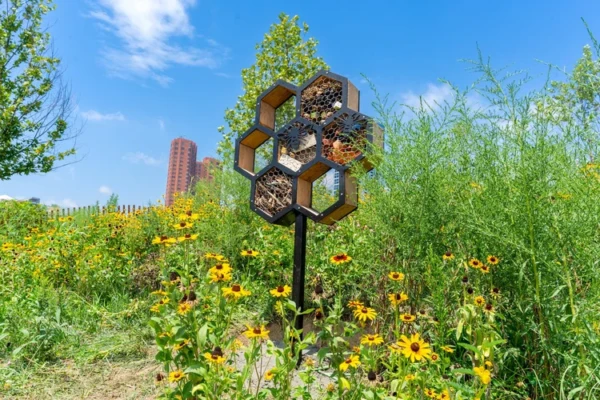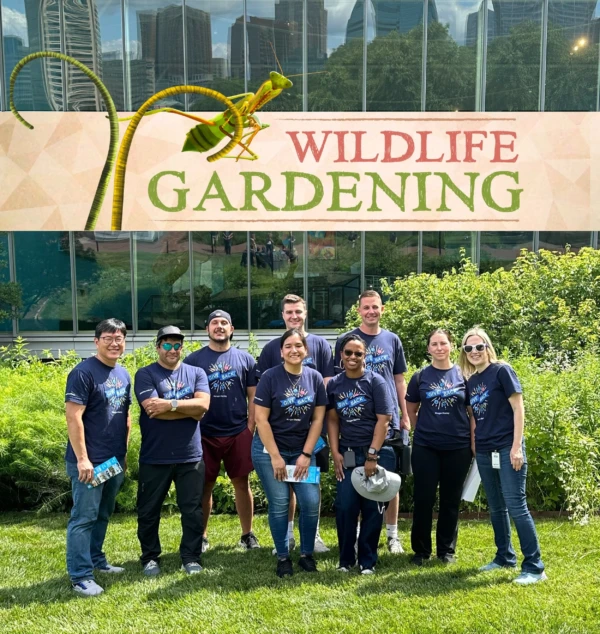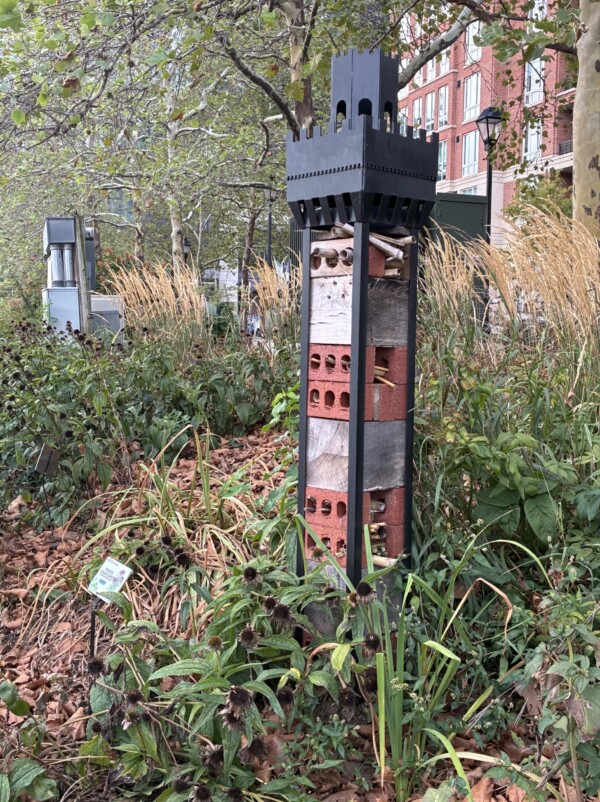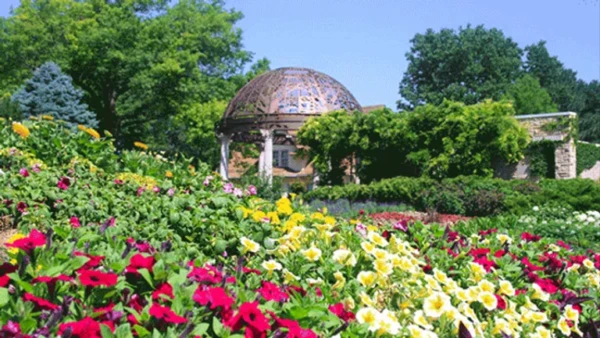Pollinator Gardens are Springing up in Urban Settings
Let’s Look at a Few
Did you know that 1 out of every 3 bites of food you eat is present because of pollinators? This statistic alone should make all of us hungry Americans realize the importance of pollinator gardens and why they are being marketed in the country as important.
‘Pollinators’ as you know include insects, birds, butterflies, bugs or any agent that brings pollen to a plant. This allows fertilization to occur. To have this occur you have to have plants from which the pollinators eat and use to spread pollen.
Here are a few cities who are way ahead of the game. They are know for their Urban Pollinator Gardens. They have friendly policies and local government commitments to support and create environmental habitats like green roofs, community gardens and urban meadows.
Most of these gardens have avant garde art pieces which serve as focal points and give each space it’s unique ‘personality’.
The Smithsonian Museum in Washington DC.
This pollinator garden in D.C. opened in 1995 as the Butterfly Habitat garden. It collected funds from the Smithsonian’s Women Committee who are dedicated to education, outreach, conservation and research programs through the Smithsonian and it’s fundraising activities.
In 2000 the Garden Club of America designated the butterfly garden as one of its fund projects which allowed the garden to triple in size. The gift enabled walkways, irrigation and amphitheater seating (shown below) to be installed.
The plan is to help environmental restoration, improvement and protection through education and conservation.
A National Example in Harrisonburg, Virginia
In Harrisonburg Virginia residents have constructed a system of small pollinator gardens and meadows in a corridor of the city. This “Corridor” approach encourages pollinators to travel, easily find and pollinate lots of areas, no matter how small.
All gardens are planted on public grounds. Some are as little as 16 square feet where others are small meadows. These are important because of habitat loss, pesticide exposure and poor nutrition. It, like other pollinator gardens, attracts pollinator species of bees, butterflies, moths, birds and even bats. The corridor provides a pathway for birds, bees and other pollinators to travel, rest and eat.
There is a 45 minute guided downtown pollinator walk that takes about 45 min. A brochure is available to follow the walk.
The pollinator outreach at James Madison University is shown below. JMU pollinator conservation is promoted through it’s Pollinator-Smart Program Certification.
Baltimore
My husband and I took a trip to Baltimore’s Inner Harbor and were happy to see pollinator gardens along the walkway by the water. Not only were the plants all natives, but they had not been deadheaded which is the exact right thing to do to feed bees and insects all year long. The gardens looked really scruffy by not being cut back, but because of that they are feeding birds and insects. Within the garden they also had a bug hotel which we discussed in a previous blog!
North Carolina and Butterflies
North Carolina has a ‘Butterfly Highway’ that not only serves monarch butterflies but other pollinator insects like bees.
Lincoln, Nebraska
St Louis, Missouri
An urban garden in Seattle
New York City
Chicago is a huge fan of rooftop gardens.
In Richmond
Richmond pollinator gardens include Lewis Ginter Botanical Gardens and the University of Richmond which has pollinators and 2 beehives. I am trying to get Scott’s Addition in the heart of Richmond to create a Pollinator garden. It is a slow go for this effort to come into being. There is not the urban support for public green spaces in our city.
Qualifications for pollinator gardens include:
- Sunlight
- Wind protection
- Water or drip irrigation
- A place for insects to drink. ( Put in a birdbath with glass beads in it so there is a place for bees and bugs to land on to drink. You can also use a dish with sloping sides or a small rock. It’s important to keep the water fresh and clean.) Here is a photo of our boulder fountain in Scott’s Addition. Bees from the Science Museum’s hive come here to drink too.
- Roof top gardens need to be cognizant of the weight of the garden like in these rooftop gardens below.
- Urban building codes are also important to check out.
Before you book your next trip, maybe cities with urban pollinator gardens can be one of your destinations. I’m going to look for the ‘Butterfly Highway’ when I visit my daughter in Durham next month!

Christie lives in Manakin Sabot , Virginia where she manages a 3 acre garden. Her blogs are written from her 35 years as a personal and professional gardener.




























Leave A Comment